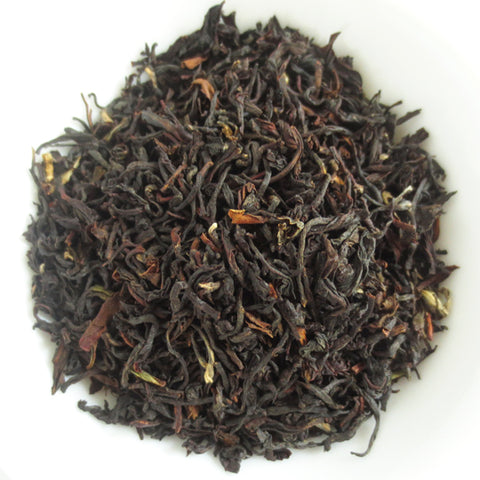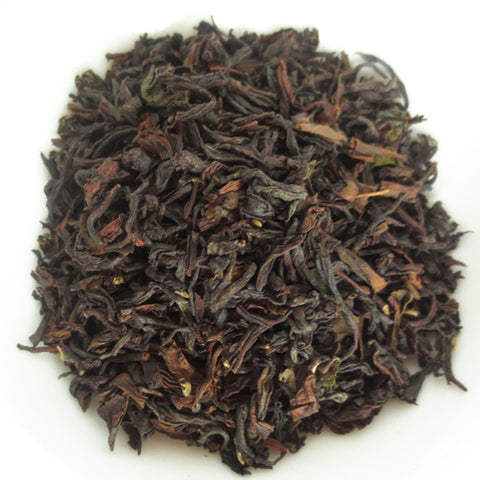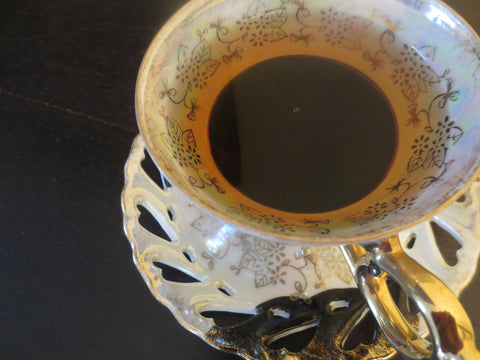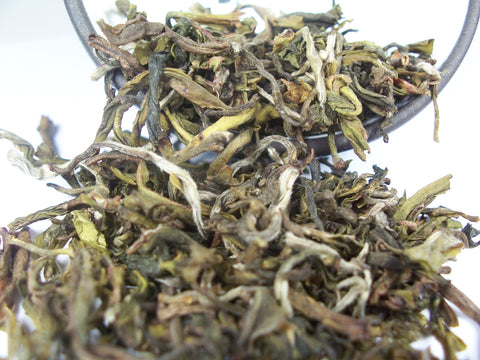
Selecting Good Tea
Selecting good tea can sometimes be daunting. But there are a few things that can be kept in mind which will guide you in your selection.
Tea Bloom: Did you know that a halo is bestowed upon good tea? Not kidding. The first thing that a tea specialist looks for when evaluating a tea is its “bloom”. This is a sheen that made tea possesses and it arises from the pubescence that is there in the fine leaf of unmade tea. Some tea makers describe this as a “halo.” It is best seen when you hold up the tea at eye level against natural light.
If the tea lacks bloom it indicates that there has been an overhandling of the leaf either before or after production. And this can have an impact on the taste. Hence, tea makers have to ensure quick and proper transportation of green tea leaf to the factory. And once the tea is sorted after production all unnecessary handling of the leaf must be avoided.
Although the term is widely used in the tea industry of India, Sri Lanka and African it is not much heard in Chinese or the Japanese tea world.

Tea Stalks: You will find a lot of tea comes with some amount of stalks. However, the finest ones are expected to be free of them. Also called “fibre” in CTC style tea, and “immediate stalks” in orthodox, the presence of stalks indicate lack of fine plucking. It means an “extended plucking” has been resorted to: plucking has gone beyond two leaf and a bud to include third or fourth leaf.
However, the stalks itself may not have an impact on the taste.
Tea Flakes: Sometimes you might notice in your tea small pieces of green leaf that are flat, dry and brittle. Usually, these are coarse leaf that did not wither along with the rest of the leaves. This again indicates lack of fine plucking. Well made tea are free of the flakes.
Well Rolled Tea: It is important that the leaf have been rolled under correct pressure during manufacturing. Wiry well rolled leaf is the preferred standard in orthodox production like Darjeeling. However, a consistent level of roll is a desired character in a tea. If leaves have different levels of roll in them - some wiry, some half-wiry - it means the rolling has been poor.
Improper rolling causes imbalance in the flavor profile of the cup. In some cases, however, when leaves are left only lightly rolled.

Tippy - Tea Tips: Tips are leaves full of hair and are either silver or gold in appearance. Top grade teas have generous amounts of tips in them, the presence of which declines along with the grade. Tips are terminal buds of the tea bush and when they are found in the tea you can rest assure that the hallmark of finest plucking - two leaf and a bud - has been met.
Even Infusion for Tea Leaves: The wet leaves after the tea has been cupped is called the infusion. An even color in the infused leaves is desirable quality. If the infusion has a mottled appearance, it means the withering has not been even.
Uneven withering also results in a lack of balance in the flavors.

So next time you are difficulties in choosing a tea remember this guideline. Although it specifically applies to Darjeeling tea, some of these characters are true for teas from other parts of the world as well.




